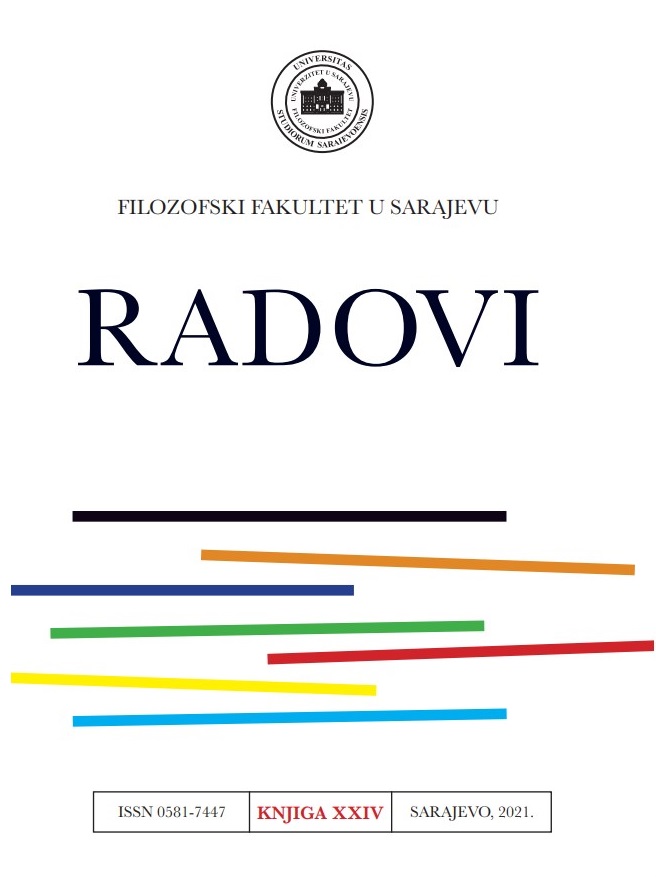Sličan se sličnom raduje ili se suprotnosti privlače
Birds of a Feather Flock Together or Opposites Attract
Author(s): Anđela KeljanovićSubject(s): Psychology, Individual Psychology, Social psychology and group interaction, Psychology of Self, Psychoanalysis
Published by: Filozofski fakultet Univerziteta u Sarajevu
Keywords: matching hypothesis; physical appearance; attractiveness;
Summary/Abstract: Despite the time when the body-positive concept challenges the ways in which the media and society present the image of the “ideal body”, one gets the impression that the most valuable trait is physical appearance. Those who dictate today’s standards are physically attractive, attractive, popular, and thus more desirable as potential partners. People, regardless of their own attractiveness, tend to choose attractive partners. However, the matching hypothesis assumes that individuals choose partners with a similar level of attraction. In this review, we will see if choosing a partner from the “same league” increases our chances of a successful outcome. One of the conclusions of the initial research of the matching hypothesis is that pure physical attractiveness is the most important determinant of likeability. Although, we know of couples who are not equally physically attractive, and even then, one’s social desirability other than physical attractiveness can be offset by personability and material status. The tendency to prefer highly attractive partners weakens when moderating factors are present that include the low availability of attractive potential partners in the general population and predict the possibility of rejection. The matching hypothesis has not been empirically confirmed and many aspects have not been tested. Therefore, we present a new theory based on the assumption that there is a difference in the extent to which a gender values physical attractiveness, implying that men can easily compensate for the deficit in physical attractiveness with other desirable characteristics such as high socioeconomic status. Although it is basically designed to explain and predict different patterns of behavior when choosing a partner, it is possible to generalize to other dimensions of desirability.
Journal: Radovi Filozofskog fakulteta u Sarajevu
- Issue Year: 24/2021
- Issue No: 1
- Page Range: 497-512
- Page Count: 16
- Language: Serbian

